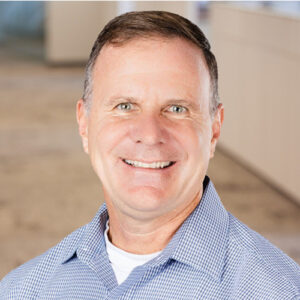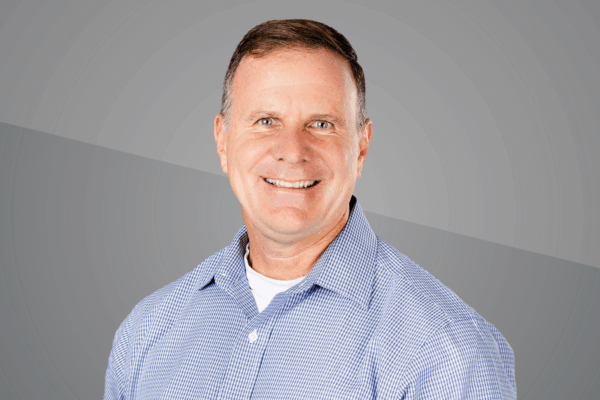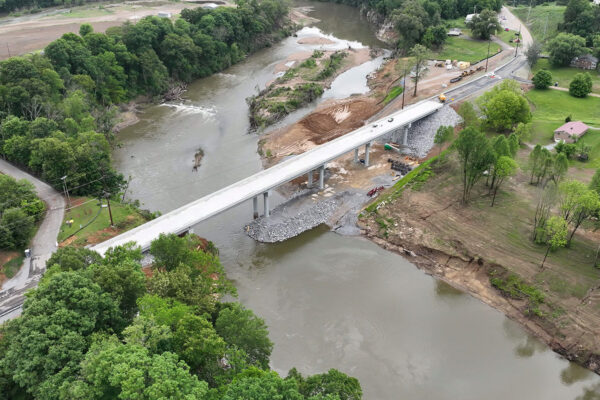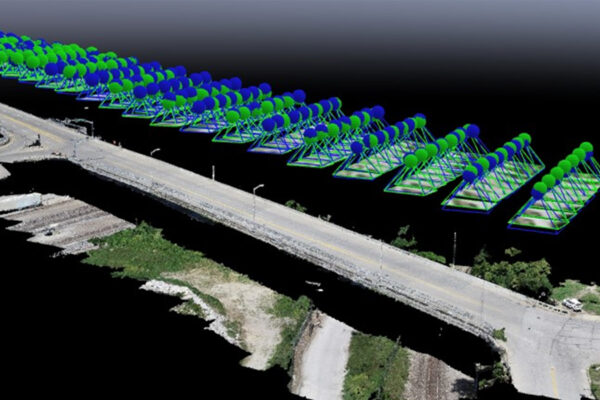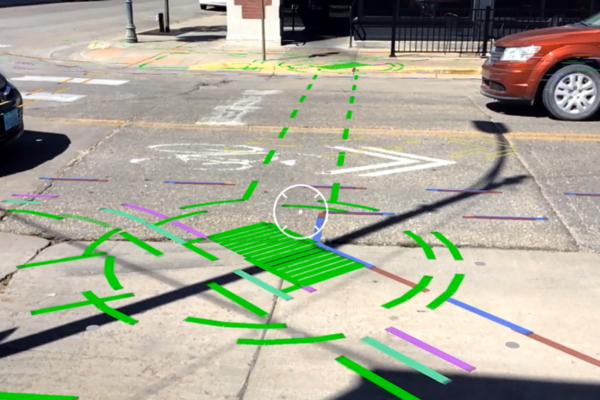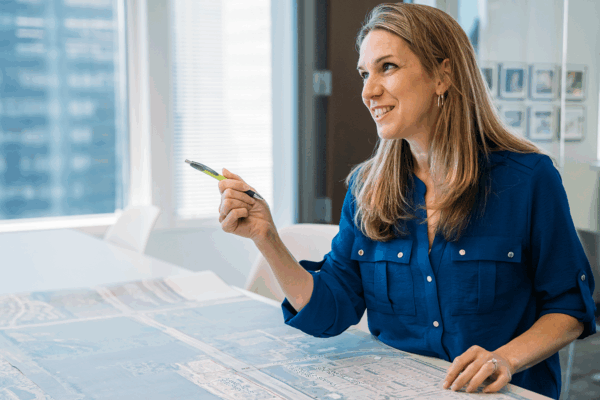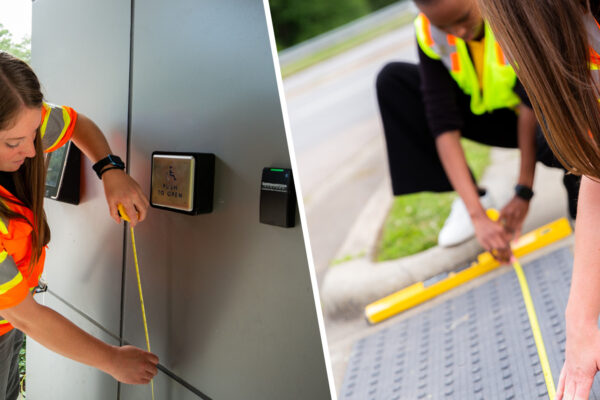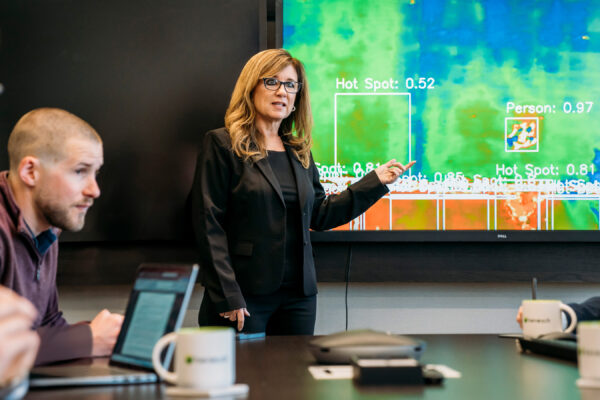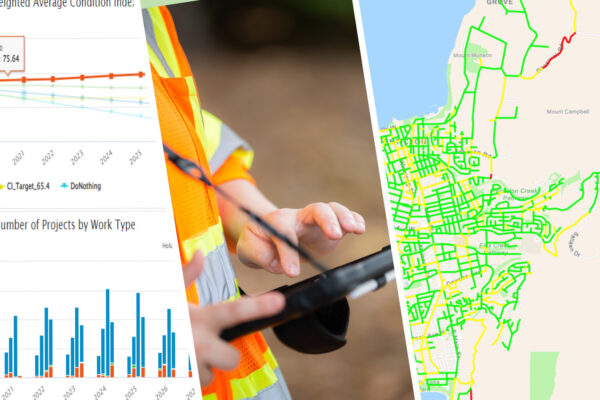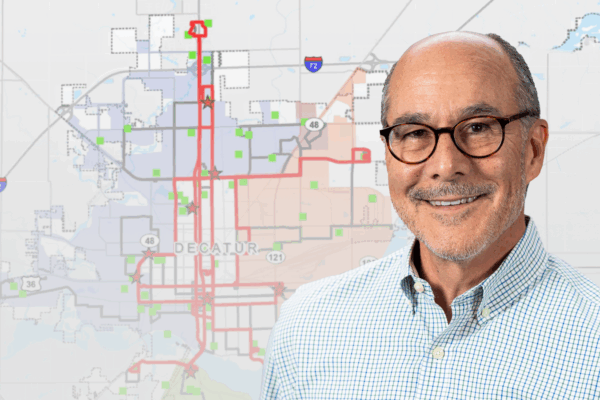Leveraging Alternative Delivery in Emergency Repair Situations – Part 2
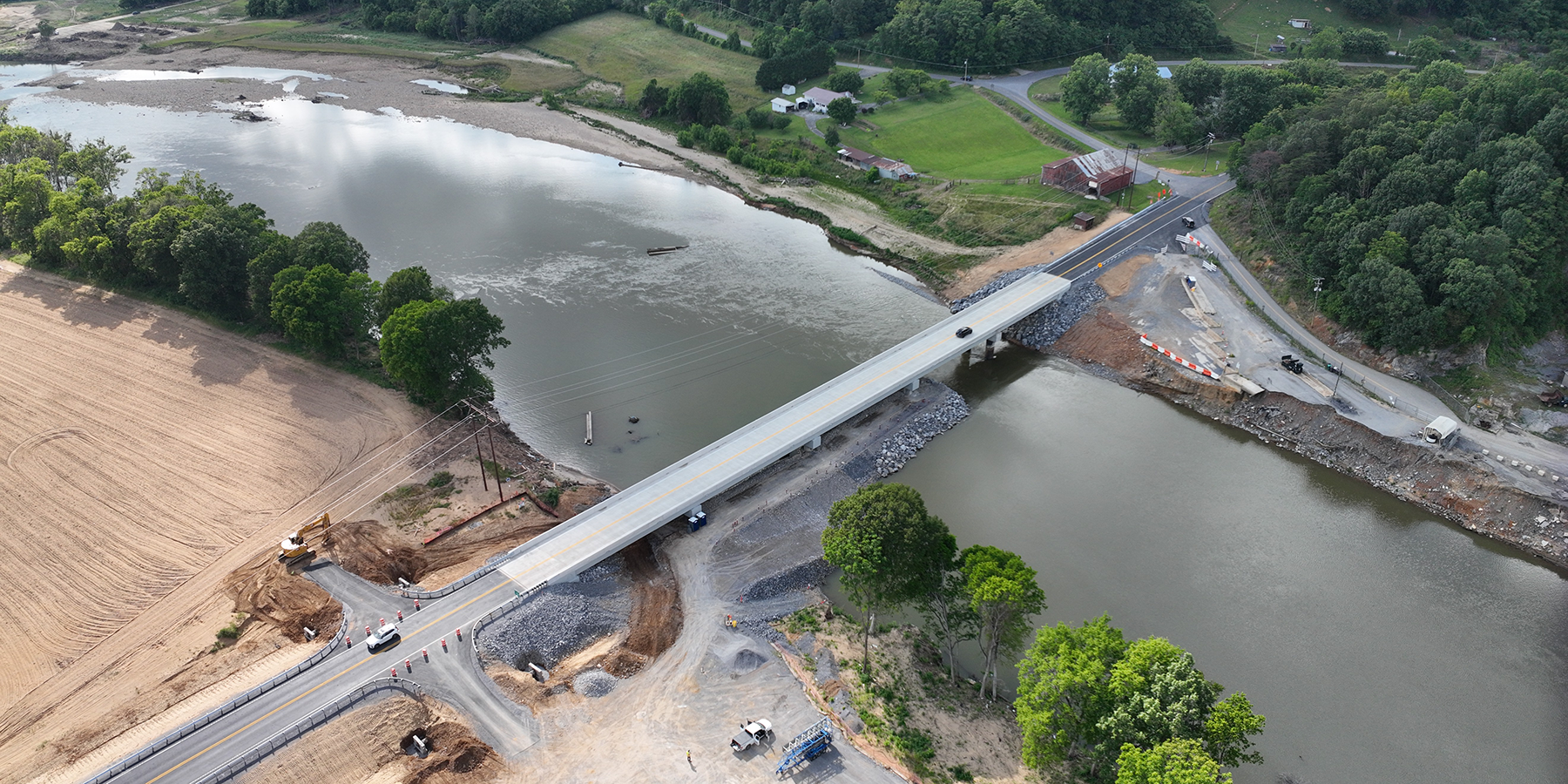
Offering enticing benefits to project owners, it’s no surprise that agencies are increasingly looking to implement alternative delivery methods on a wide range of projects. For emergency repair and replacement projects in particular, these methods have proven to be advantageous.
In this two-part series, Benesch’s Director of Alternative Delivery George Horas provides insight into the benefits of leveraging alternative delivery in emergency repair situations. In the first part, George explored how a design-build delivery method was used to efficiently replace a portion of I-95 damaged by a truck crash. Now, he’s covering how a progressive design-build approach was used to replace bridges damaged by Hurricane Helene.
Meet Our Expert
Exploring Progressive Design-Build
An increase in the use of alternative delivery methods was spurred by initiatives like the American Recovery and Reinvestment Act and these methods have long shown to enhance project efficiency, cost-effectiveness and flexibility.
In some instances, progressive design-build (PDB) proves to be the ideal method. PDB is a stepped or progressive process where the project is delivered in two phases. Phase One (Preconstruction Services) includes budget level design development, preconstruction services and the negotiation of a firm fixed price referred to as a Guaranteed Maximum Price (GMP) for Phase Two. The GMP is delivered between the 65%–80% design development level. Once the commercial terms (including price and schedule) are agreed to, Phase Two services, also called Final Design and Construction Services, commence.
A recent report by the ACEC Research Institute on the practice, perception and potential of PDB narrowed in on four key benefits of this delivery method that are driving the increase it its use: early and iterative planning; shared risk and transparency; owner engagement and empowerment, and strong team dynamics.
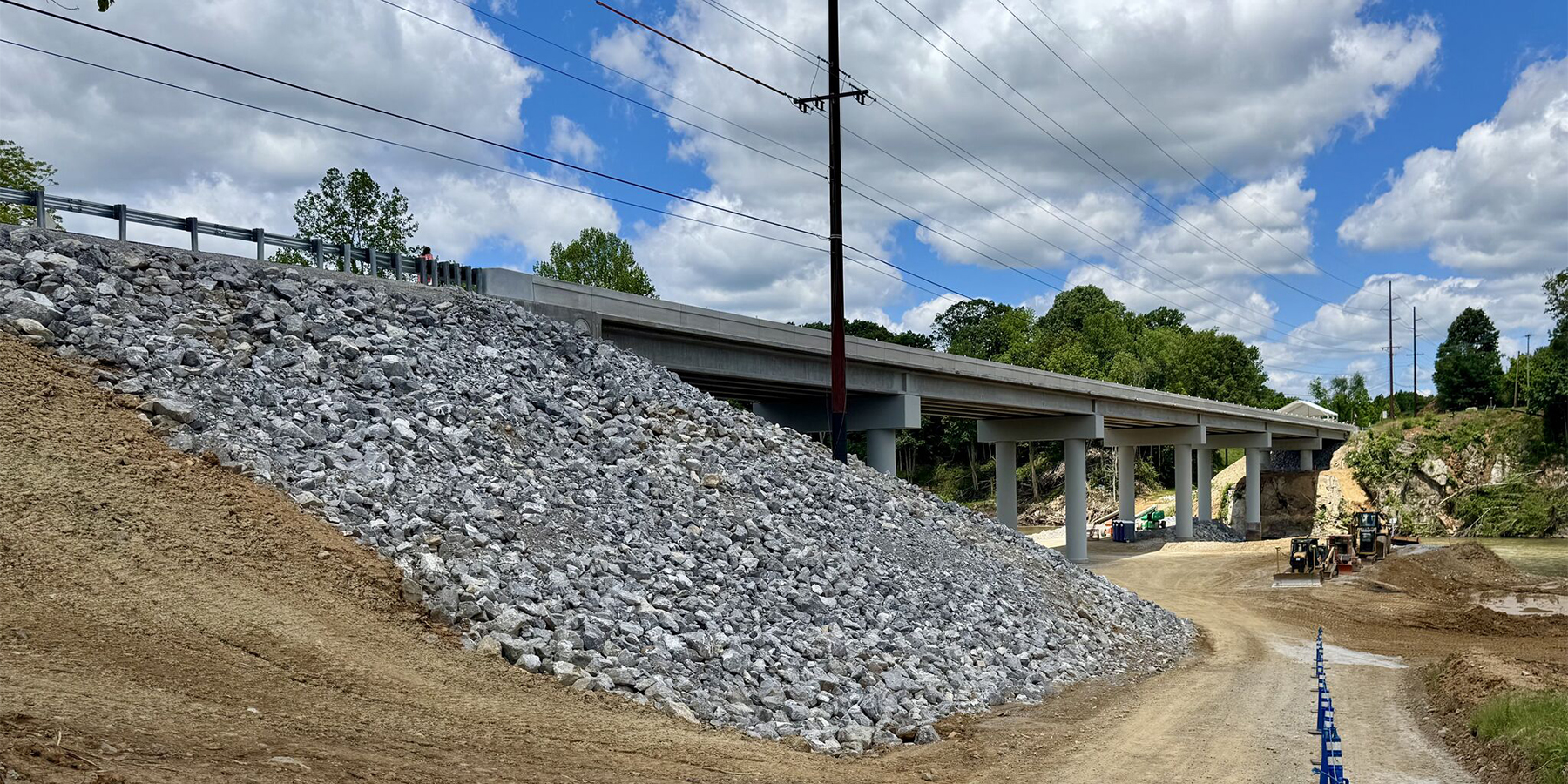
Progressive Design-Build in Action
Hurricane Helene Recovery
For emergency repair situations, where quick mobilization and adaptability are crucial, we’ve found PDB to be especially effective. This success is perhaps best displayed by our bridge repair work in the wake of Hurricane Helene.
In September 2024, the Elbert Kinser Bridge (SR-107) in Greene County and the Taylor Bridge (SR-81) in Washington County, Tennessee were completely washed out by the storm, significantly disrupting regional travel. To expedite the emergency replacements, the Tennessee Department of Transportation (TDOT) turned to Progressive Design-Build—the agency’s first time using this delivery method. Benesch partnered with Kiewit to deliver the replacements under the PDB contract.
Serving as the superstructure engineer, Benesch designed the beams, deck and barrier systems for both bridges and developed the erosion control plans. Additionally, Benesch completed the hydraulic design for SR-107. Both structures were designed to meet modern engineering standards, improving their ability to withstand future flood events and enhancing long-term resiliency.
Because work needed to begin before survey and geotechnical data were available, conceptual designs had to be developed early, requiring continuous coordination between project partners. The flexibility of the PDB approach allowed the team to adapt the design in real time and keep the project moving efficiently. Benesch Project Manager Jake Williams also noted that the ability to collaborate with our partners early was key to restoring these connections as quickly as possible.
Earlier this year, both bridges reopened to traffic. Thanks to the PDB delivery method and a highly coordinated team effort, both bridges were completed and reopened in under a year and a full month ahead of schedule.
Benesch’s expertise in progressive design-build and other forms of alternative delivery helps us to ensure that every project benefits from a tailored approach that maximizes value, efficiency and innovation. We are committed to working closely with every client, leveraging our multidisciplinary knowledge and proven processes to identify and implement the best solution for each challenge.
Learn more about our alternative delivery services here and follow us on LinkedIn for first access to our insights articles.

